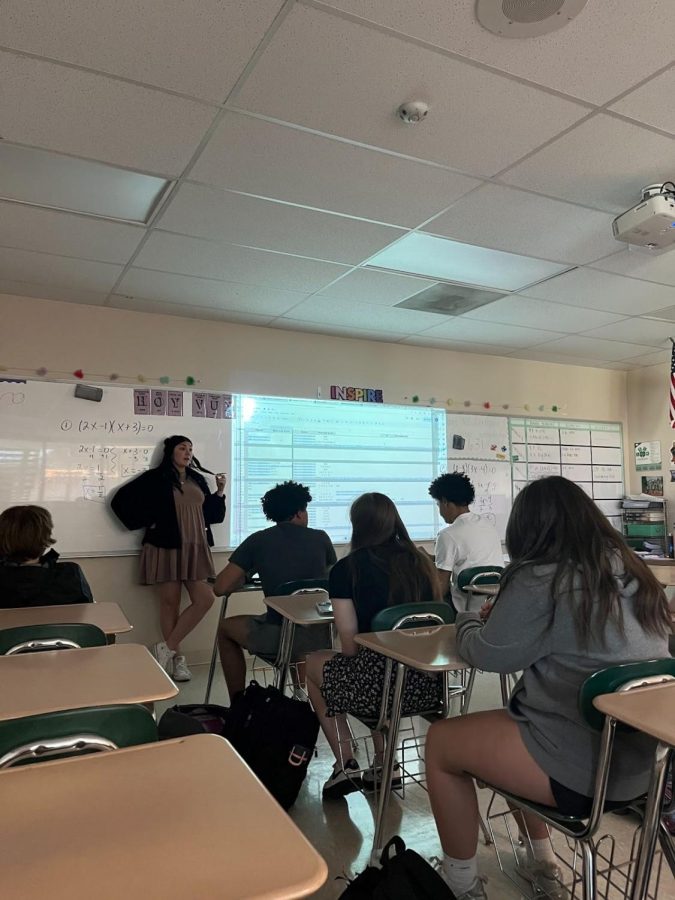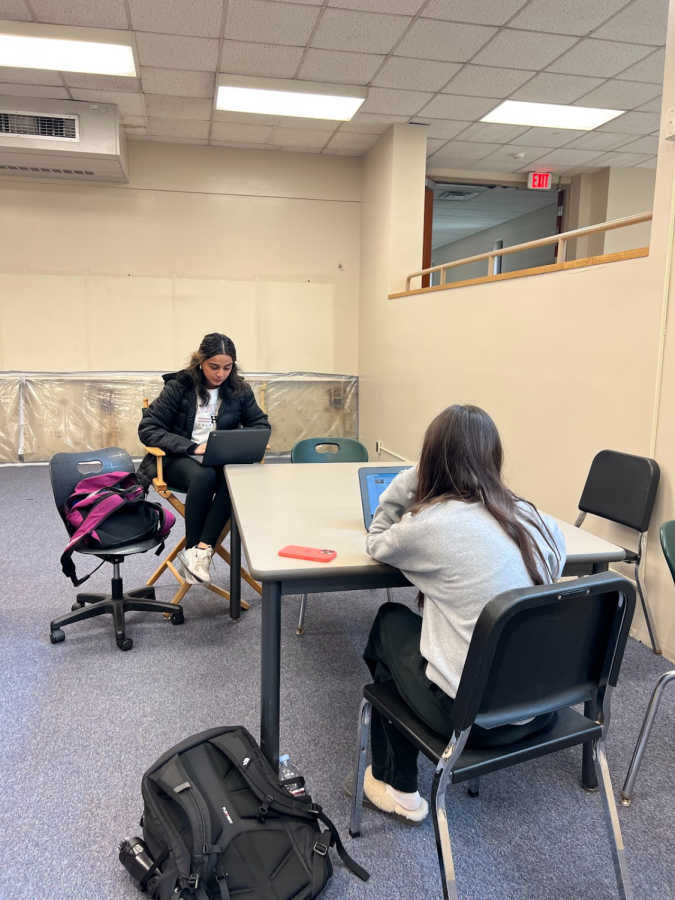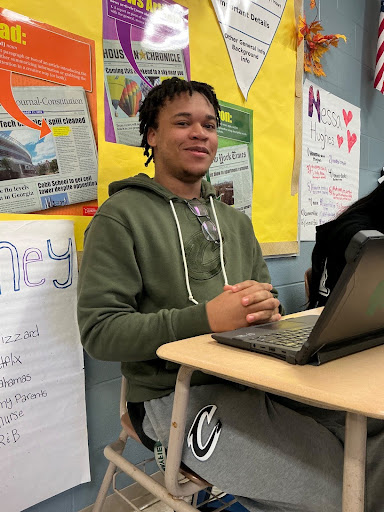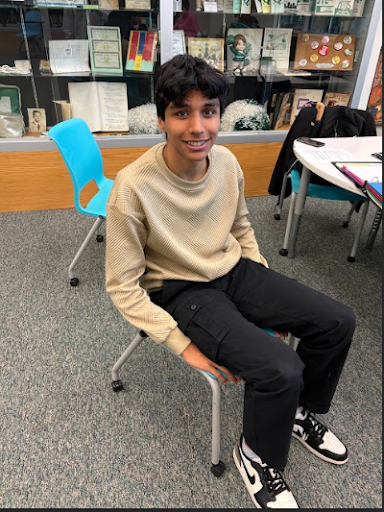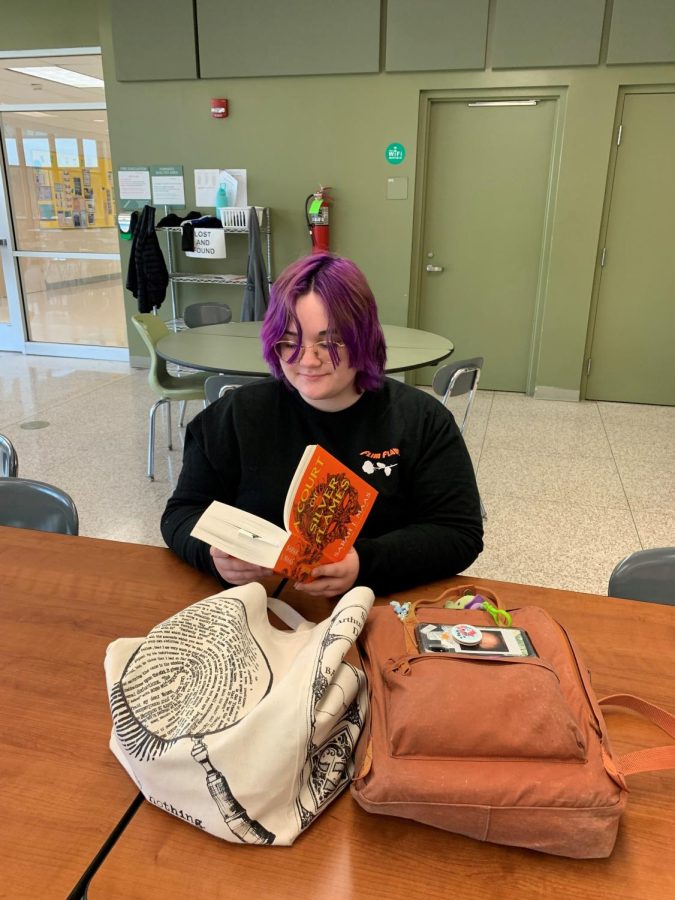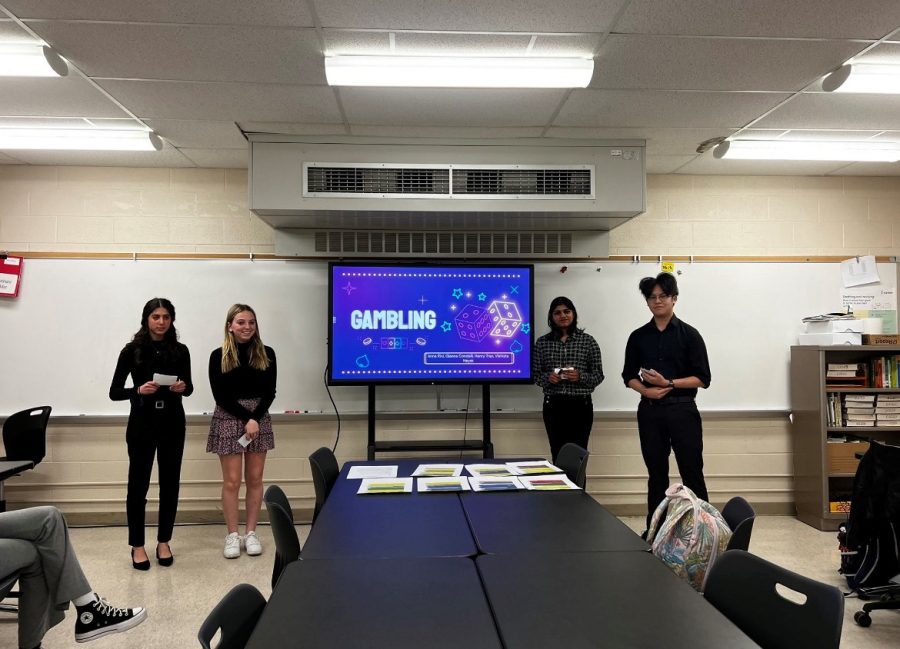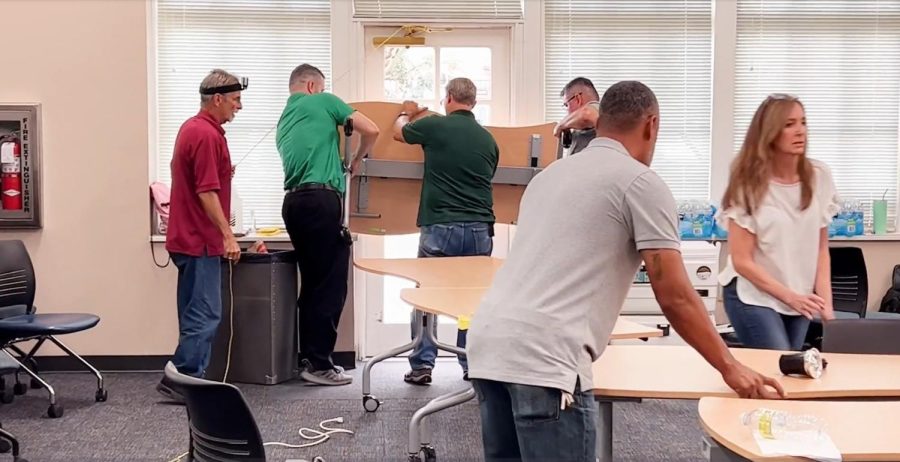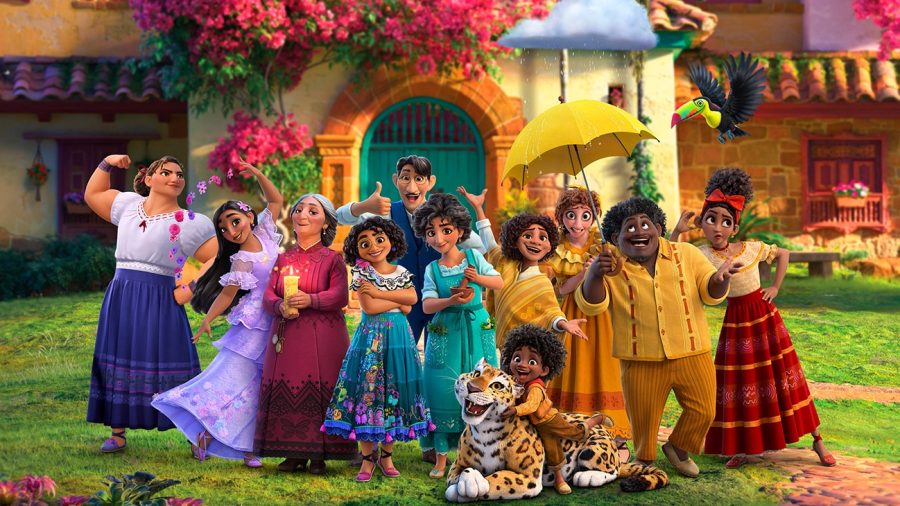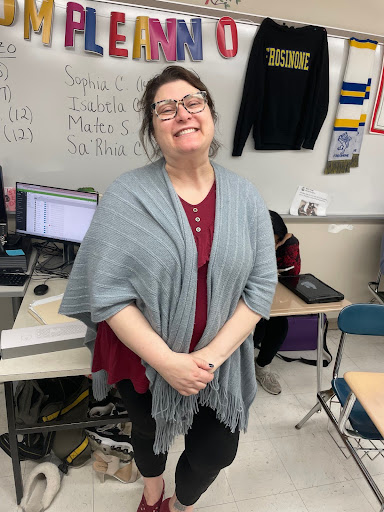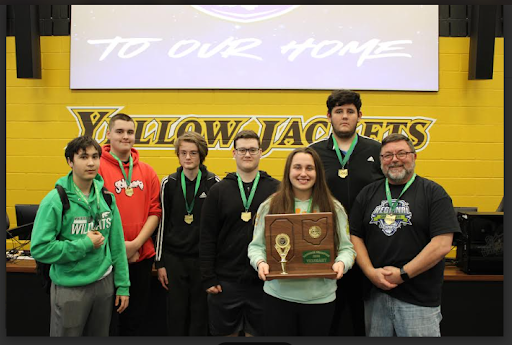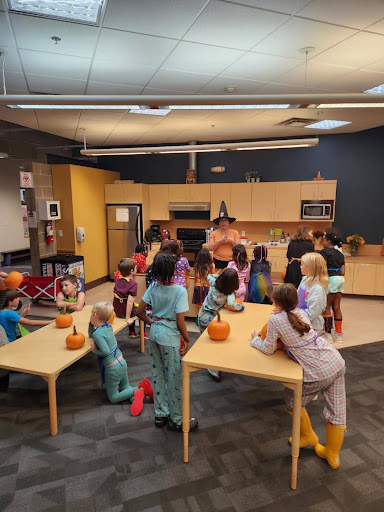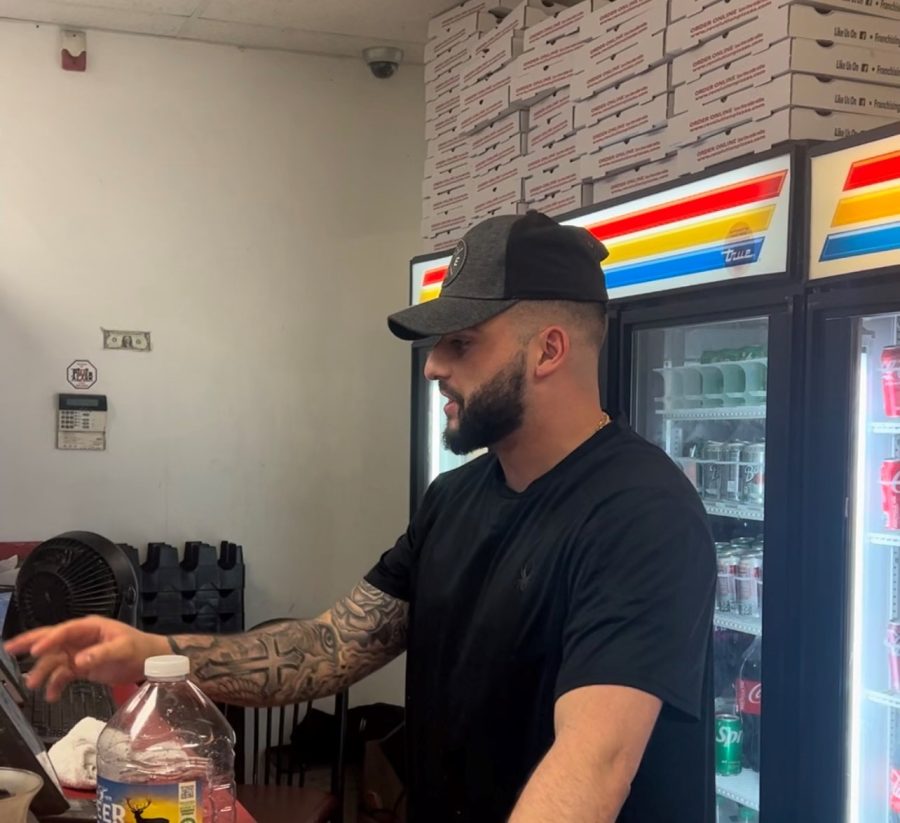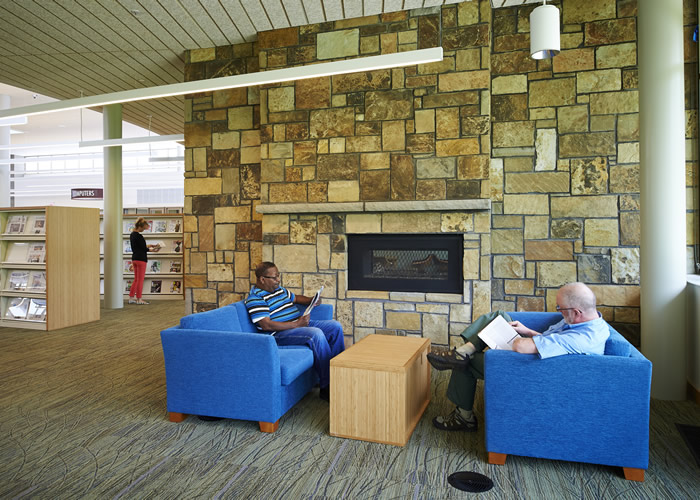Opinion: Schools struggle to encourage student creativity

Ohio Dept. of Education official website
Beginning their kindergarten year, students are forced to take an assessment and complete a curriculum that stifles play and creativity.
October 14, 2019
Over the past decades, schooling systems have yet to change in time with society. Our current schooling system has been proven guilty for neglecting students’ creativity time and time again.
In Daniel Luzer’s Denver Post article, “What Kills Creativity,” Luzer writes, ”Standardized tests are killing our students’ creativity, desire to learn. The children have encountered it every year since third grade, and every year it has taken parts of their souls.”
Every day students nationwide are sitting in classrooms bored out of their minds, learning topics the majority of them will never remember, nor use again in life. This does harm to their current developing minds. Schools are responsible for the unethical killing of students’ creativity and individuality.
Jarrod Mulheman, the assistant principal of instruction, staff development, and curriculum, feels that schools need to better prioritize the students’ needs before any testing regime. He said, “If you are only focused as a district or a school on getting high test scores as your number one priority then you wouldn’t allow time for kids to be creative. Offering different types of courses would encourage creativity.”
Counselor Pamela Bobinski feels that students’ grades play a dangerous part in student’s lives, in a way it becomes part of their identity. She said, “Some students take their grades as a part of their identity in a sense, that if it’s not a good grade then they don’t have good sense. Sometimes students feel like C’s are just average, and therefore my identity is average. And I think that concept kills the creativity.”
Schools today are up against policymakers, fighting for the removal of standardized tests in classrooms. So is it possible to teach students education in a way that helps everyone to comprehend topics without diminishing their own thoughts and ideas?
Yes! By turning standardization to personalization, Drake Baer from Business Insider shares how schools can help students problem-solve. Students will be able to learn through their own influenced ideas. It will be able to mix education and interests in classrooms at the same time. Students need an equal balance of discipline and interest.
Ingrid Peritz’s article, “Sir Ken Robinson On How Schools Are Stifling Students Creativity,” shares how Robinson felt about standardization. He believes that students may think less of themselves since they don’t reach a certain standard. Many students go through school never capable of finding their gifts and hidden talents because they never got the chance to express themselves throughout school.
Mulheman feels as though schooling systems in certain districts have altered their methods of teaching, yet not all issues have been settled. Schools are still stuck working in structured settings. He said, “I think there are some parts of a structured school system that have limited us because of testing and those kinds of things on what we can and cannot do.”
Students may never get the chance to express themselves and take a dip into their understandings because these methods have told them their ideas were wrong. They were told that there was only one logical way of thinking. Schools need to learn how to prioritize students’ personal lives first.
Bobinski believes that schools need more programs that focus on career readiness than test readiness. She said, “I think we need to continue to provide opportunities like Excel TECC, to better students and have the opportunity at a younger age to explore more career-related, skill minded activities for students in their electives.”
Students have their own way of thinking that ideally, school is supposed to help develop and support them along the way. But how can we be sure the students of our generation will be ready? As society changes with time, we will need people to think more critically, innovatively, and creativity.
Students may make up part of our generations now, but they are 100% of our future. We will need these thinkers in the future, but if schools don’t change now, there will be no diversity amongst us.



